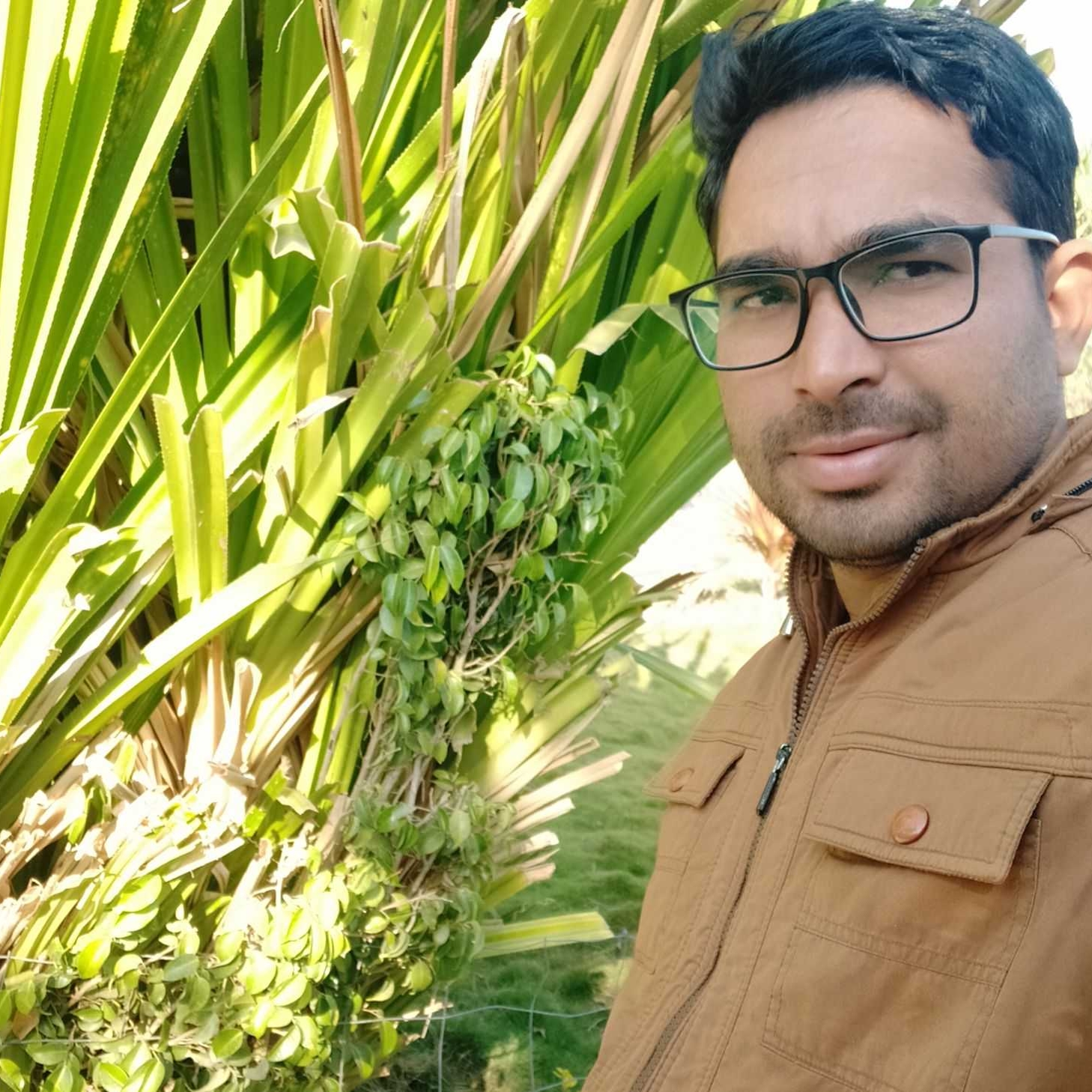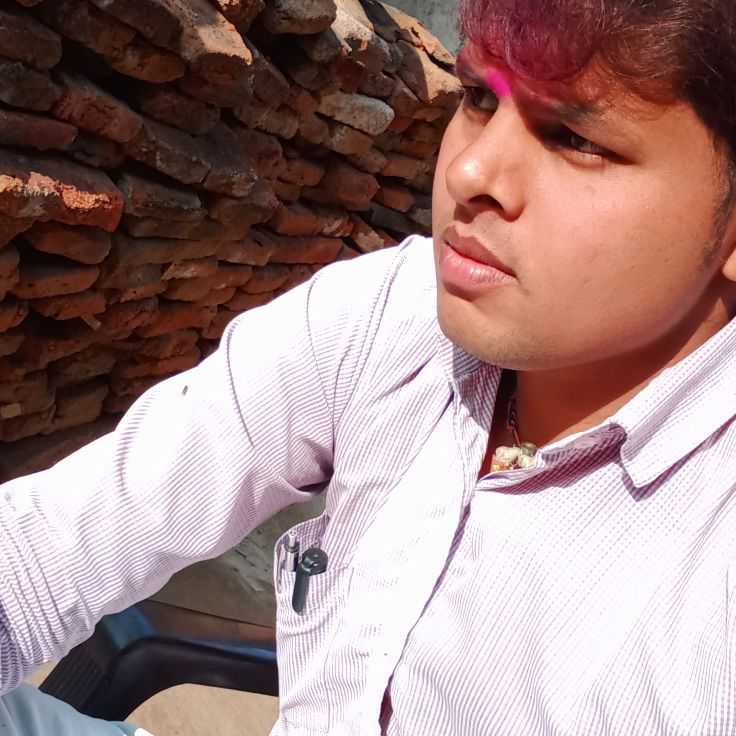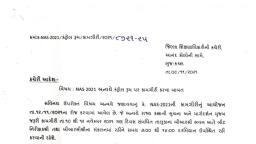Question 1 :
A fair dice has faces numbered $0, 1, 7, 3, 5$ and $9$. If it is thrown, the probability of getting an odd number is
Question 2 :
The probability expressed as a percentage of a particular occurrence can never be
Question 3 :
A pair of dice is thrown once The probability that the sum of the outcomes is less than 11 is
Question 4 :
What is the maximum value of the probability of an event?
Question 5 :
If the odd in favour of an event are $4$ to $7$, find the probability of its no occurence.
Question 6 :
A coin is tossed $400$ times and the data of outcomes is below:<span class="wysiwyg-font-size-medium"> <span class="wysiwyg-font-size-medium"><br/><table class="wysiwyg-table"><tbody><tr><td><span class="wysiwyg-font-size-medium"><br/> <p class="wysiwyg-text-align-center">Outcomes </p></td><td><span class="wysiwyg-font-size-medium"><br/> <p class="wysiwyg-text-align-center">$H$</p></td><td><span class="wysiwyg-font-size-medium"><br/> <p class="wysiwyg-text-align-center">$T$</p></td></tr><tr><td><span class="wysiwyg-font-size-medium"><br/> <p class="wysiwyg-text-align-center">Frequency</p></td><td><span class="wysiwyg-font-size-medium"><br/> <p class="wysiwyg-text-align-center">$280$</p></td><td><span class="wysiwyg-font-size-medium"><br/> <p class="wysiwyg-text-align-center">$120$</p></td></tr></tbody></table><p><br/></p><p>Find:</p><p>(i) $P(H)$, i.e., probability of getting head</p><p>(ii) $P (T)$, i.e., probability of getting tail. </p><p>(iii) The value of $P (H) + P (T)$.</p>
Question 8 :
A die is thrown .The probability that the number comes up even is ______ .
Question 9 :
Ticket numbered 1 to 20 are mixed up and then a ticket is drawn at random. What is the probability that the ticket drawn has a number which is a multiple of 3 or 5 ?
Question 10 :
A bulb is taken out at random from a box of 600 electricbulbs that contains 12 defective bulbs. Then theprobability of a non-defective bulb is
Question 11 :
A biased coin with probability $p , 0 < p < 1 ,$ of heads is tossed until a head appears for thefirst time. If the probability that the number of tosses required is even, is $2 / 5 ,$ then $p$ equal to
Question 12 :
A pair of dice is thrown. Find the probability of getting a sum of $8$ or getting an even number on both the dices.
Question 14 :
If the probability of the occurrence of an event is P then what is the probability that the event doesn't occur.
Question 16 :
According to the property of probability, $P(\phi) = 0$ is used for <br>
Question 18 :
Out of the digits $1$ to $9$, two are selected at random and one is found to be $2$, the probability that their sum is odd is
Question 19 :
If $P(A) = \dfrac{5}{9}$, then the odds against the event $A$ is
Question 20 :
Vineeta said that probability of impossible events is $1$. Dhanalakshmi said that probability of sure events is $0$ and Sireesha said that the probability of any event lies between $0$ and $1$.<br>in the above, with whom will you agree?
Question 21 :
One hundred identical coins each with probability p as showing up heads are tossed. If $0 < p < 1$ and the probability of heads showing on 50 coins is equal to that of heads on 51 coins, then the value of p is
Question 22 :
The probability of guessing the correct answer to a certain test is $\displaystyle\frac{x}{2}$. If the probability of not guessing the correct answer to this questions is $\displaystyle\frac{2}{3}$, then $x$ is equal to ______________.
Question 23 :
The probability of an event $A$ lies between $0$ and $1$, both inclusive. Which mathematical expression best describes this statement?<br/>
Question 24 :
If I calculate the probability of an event and it turns out to be $7$, then I surely know that<br/>
Question 25 :
The probability of an event happening and the probability of the same event not happening (or the complement) must be a <br/>
Question 26 :
A bag contains 5 blue and 4 black balls. Three balls are drawn at random. What is the probability that 2 are blueand 1 is black?
Question 27 :
Two dice are thrown. Find the odds in favour of getting the sum $4$.<br/>
Question 28 :
The probability that atleast one of the events A and B occurs is 0.6. If A and B occur simultaneously with probability 0.2, then$P(\bar{A})+P(\bar{B})$ is.
Question 29 :
A coin tossed $100$ times. The no. of times head comes up is $54$.What is the probability of head coming up?
Question 30 :
Three different numbers are selected at random from the set $A = \{1,2,3, ...... 10 \}$. The probability that the product of two of the numbers is equal to third is :<br/>
Question 31 :
There are 5 letters and 5 different envelopes. The number of ways in which all the letters can be put in wrong envelope, is.
Question 32 :
The chance of one event happening is the square of the chance of a $2^{nd}$ event, but odds against the first are the cubes of the odds against the 2nd. Find the chances of first event. (Assume that both events are neither sure nor impossible)<br/>
Question 33 :
If a positive integer $n$ is picked at random from the positive integers less than or equal to $10$, what is the probability that $5n + 3 \leq 14$  ?
Question 34 :
In a ODI cricket match, probability of loosing the game is $\dfrac{1}{4}$. What is the probability of winning the game ?
Question 36 :
If $A$ and $B$ are two events such that $ P(A)=\displaystyle \frac{1}{4} $ and $P(B)= P$, the value of $P$ is not ______, if  $A\subset B$.
Question 37 :
If $E$ and $F$ are event with $P\left( E \right) \le P\left( F \right) $ and $P\left( E\cap F \right) >0$, then
Question 38 :
In a single cast with two dice, the odds against drawing $7$ is
Question 39 :
$A$ and $B$ each throw a dice. The probability that "$B$" throw is not smaller than "$A$" throw, is
Question 40 :
There are two bags $A$ and $B$. Bag A contains $3$ white and $4$ red balls whereas bag $B$ contains $4$ white and $3$ red balls. Three balls are drawn at random (without replacement) from one of the bags and are found to be two white and one red. Find the probability that these were drawn from bag $B$.
Question 41 :
A fair coin is tossed five times. Calculate the probability that it lands head-up at least twice.
























